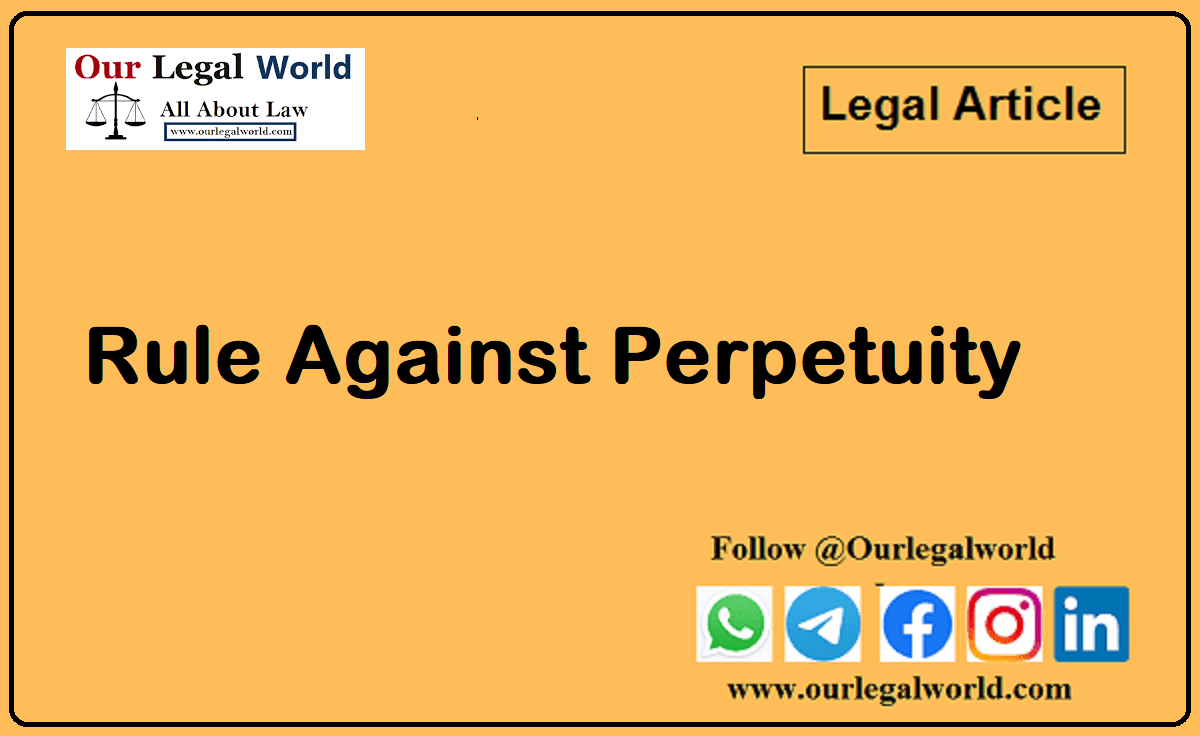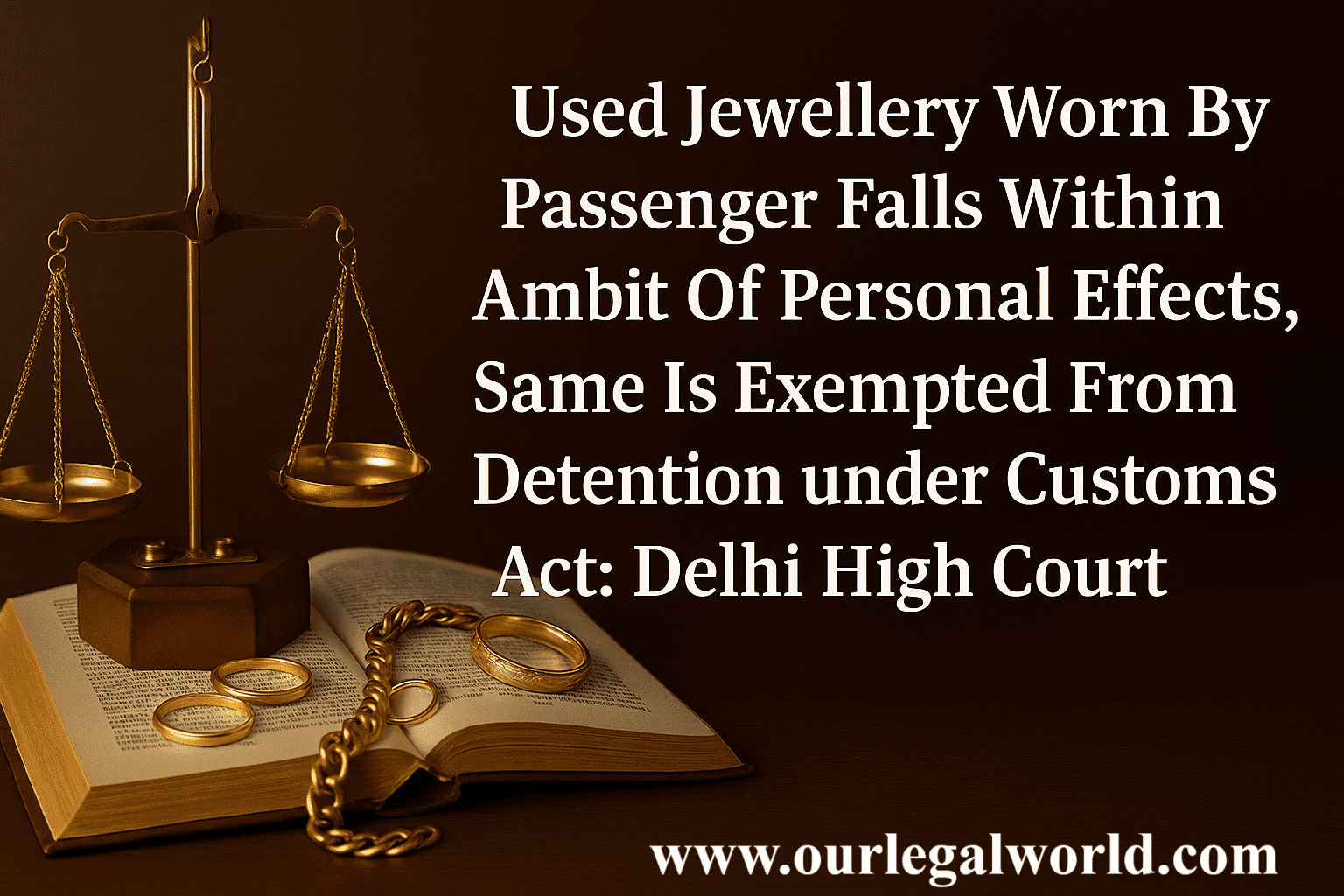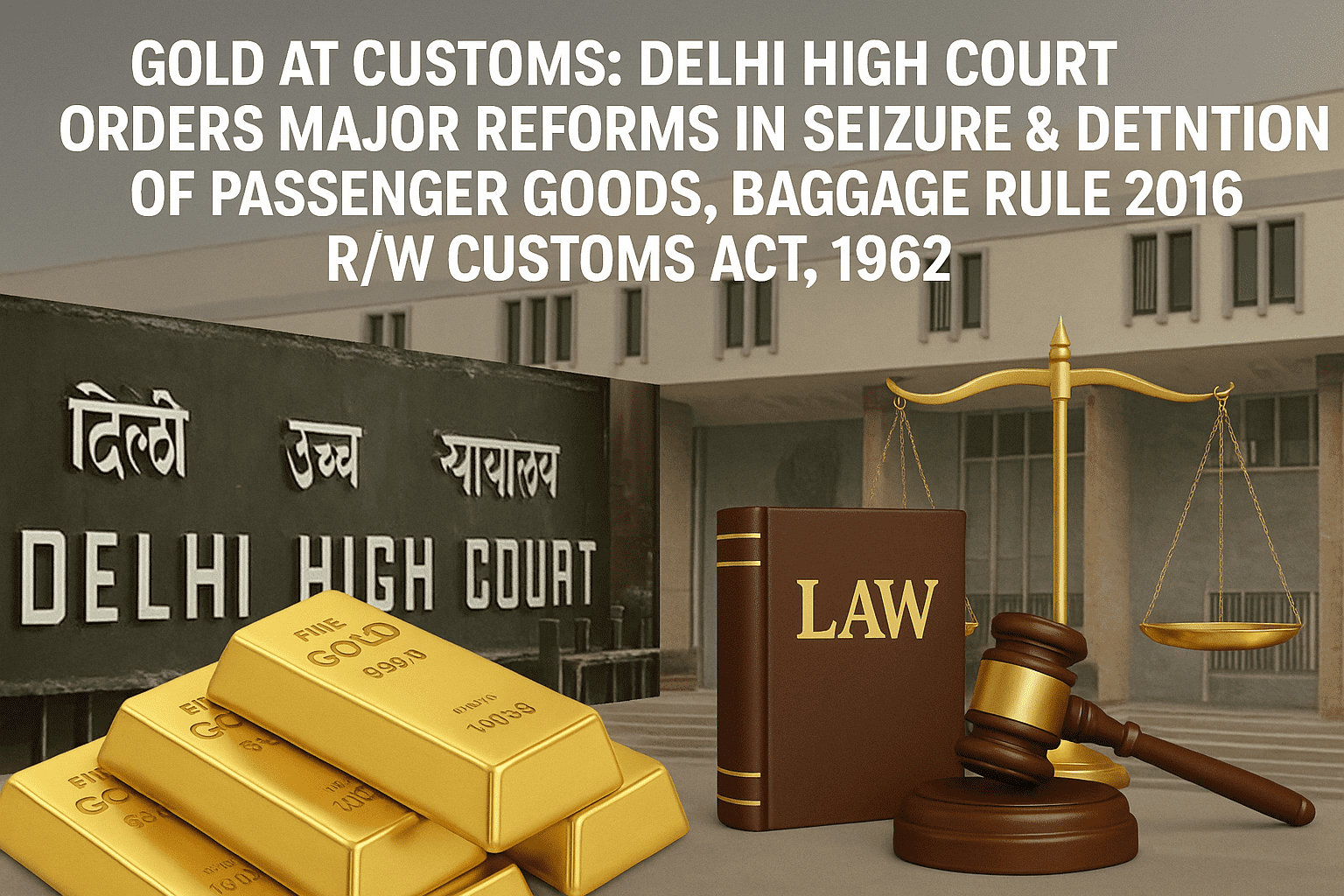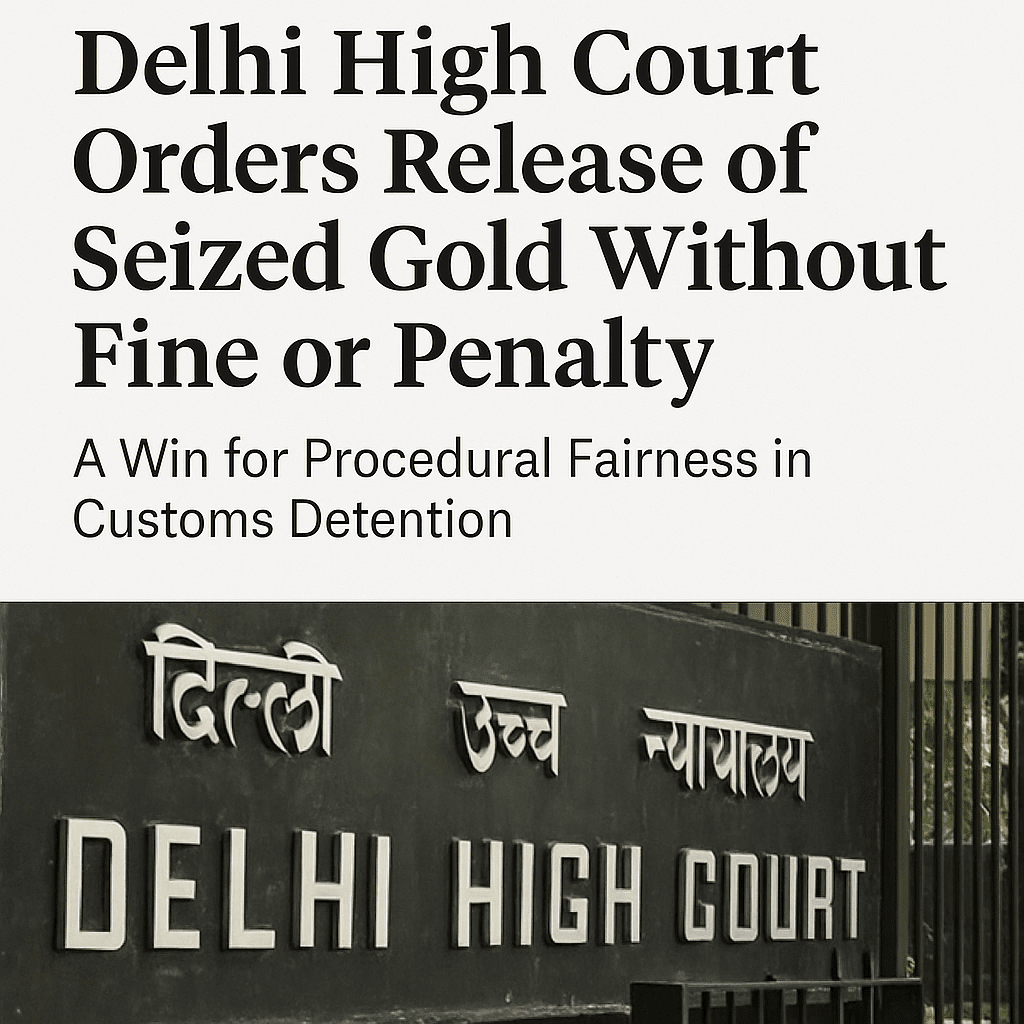Concept of Res Sub Judice under Section 10 of CPC- 1908
Introduction
Section-10 deals with the doctrine of res sub-judice and section-11 deals with the doctrine of res-judicata. Section-10 provides the rule with regard to stay of suits where things are under consideration or pending adjudication by a court. On the other hand section-11 provides the rule relates to a matter already adjudicated. It bars the trial of a suit or an issue in which the matter directly and substantially in issue has been adjudicated upon in a former suit.
Meaning of Sub-Judice
Subjudice in Latin means ‘under judgment’. It denotes that a matter or case is being considered by court or judge when two or more cases are filed between the same parties on the same subject matter, the competent court has the power to stay the proceeding. However, the doctrine of res sub judice means stay of suit.
SECTION 10 CPC
‘’ No court shall proceed with the trial of any suit in which the matter in issue is also directly and substantially in issue in a previously instituted suit between the same parties, or between parties under whom they or any of them claim litigating under the same title where such suit is pending in the same or any other court in India having jurisdiction to grant the relief claimed, or in any court beyond the limits of India established or constituted by the Central Government and having like jurisdiction, or before the Supreme Court.’’
NATURE AND SCOPE
Section 10 declares that no court should proceed with the trial of any suit in which the matter in issue is directly and substantially in issue in a previously instituted suit between the same parties and the court before which the previously instituted suit is pending is competent to grant the relief sought.
Indian Bank v. Maharashtra State Coop. Marketing Federation, (1998) 5 SCC 69 , The SC held that this rule applies to trial of a suit and not the institution thereof. It also does not preclude a court from passing interim orders, such as, grant of injunction or stay, appointment of receiver, etc.
OBJECT
The object of the rule contained in Section 10 is to prevent courts of concurrent jurisdiction from simultaneously entertaining and adjudicating upon two parallel litigations in respect of the same cause of action, the same subject-matter and the same relief. The policy of law is to confine a plaintiff to one litigation, thus obviating the possibility of two contradictory verdicts by one and the same court in respect of the same relief. The section intends to protect a person from multiplicity of proceedings and to avoid a conflict of decisions. It also aims to avert inconvenience to the parties and gives effect to the rule of res judicata.
It is to be remembered that the section does not bar the institution of a suit, but only bars a trial if certain condition is fulfilled. The subsequent suit, therefore, can’t be dismissed by a court but is required to have stayed.
Conditions for Res Sub Judice
For the application of section 10, the following condition must be satisfied:
1. There must be two suits, one previously instituted and the other subsequently instituted.
2. The matter in issue in the subsequent suit must be directly and substantially in issue in the previous suit.
3. Both the suit must be between the same parties or their representatives.
4. The previously instituted suit must be pending in the same court in which the subsequent suit is brought or in any other court in India or in any court beyond the limits of India established or continued by the Central Government or before the Supreme Court.
5. The court in which the previous suit in instituted must have jurisdiction to grant the relief claimed in the subsequent suit.
6. Such parties must be litigating under the same title in both the suits.
Section 10, however, does not take away the power of the court to examine the merits of the matter. If the court is satisfied that subsequent suit can be decided purely on legal point, it is open to the court to decide such suit.
Also Read: DIFFERENCE BETWEEN REGULAR BAIL, INTERIM BAIL AND ANTICIPATORY BAIL u/s 437 and 439 CrPC
CONTRAVENTION: Effect
A decree passed in contravention of Section 10 is not a nullity, and therefore be disregarded in execution proceedings. (Pukhraj D. Jain v. G. Gopalakrishna ). Thus, it lays down a rule of procedure, pure and simple, which can be waived by a party. Hence, if the parties waive their right and expressly ask the court to proceed with the subsequent suit, they can’t afterwards challenge the validity of the subsequent proceedings.
Dess Piston Ltd v. State Bank of India 1991
Held: when a matter is before a competent Civil court, the National Commission will not entertain a petition in respect of identical subject matter under Consumer Protection Act.







![Tax Law Internship at Legum Attorney [Chamber of Ashish Panday], Delhi : Apply by 15th May 2025](https://www.ourlegalworld.com/wp-content/uploads/2025/05/IMG_0113-min.png)

